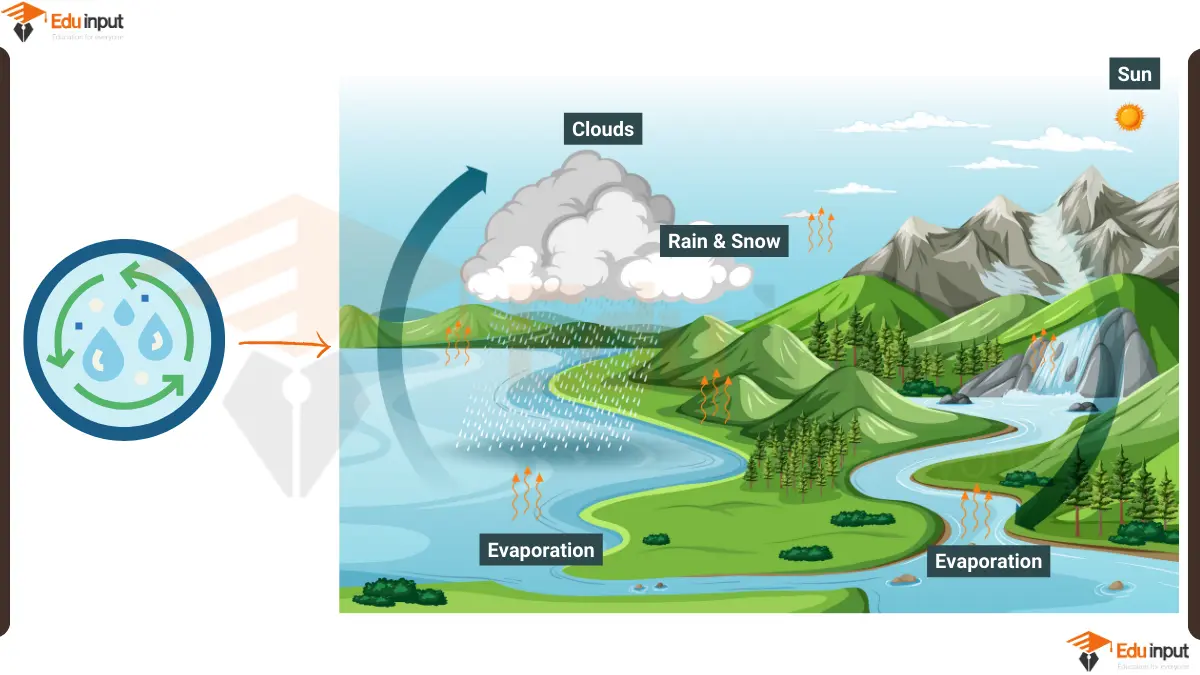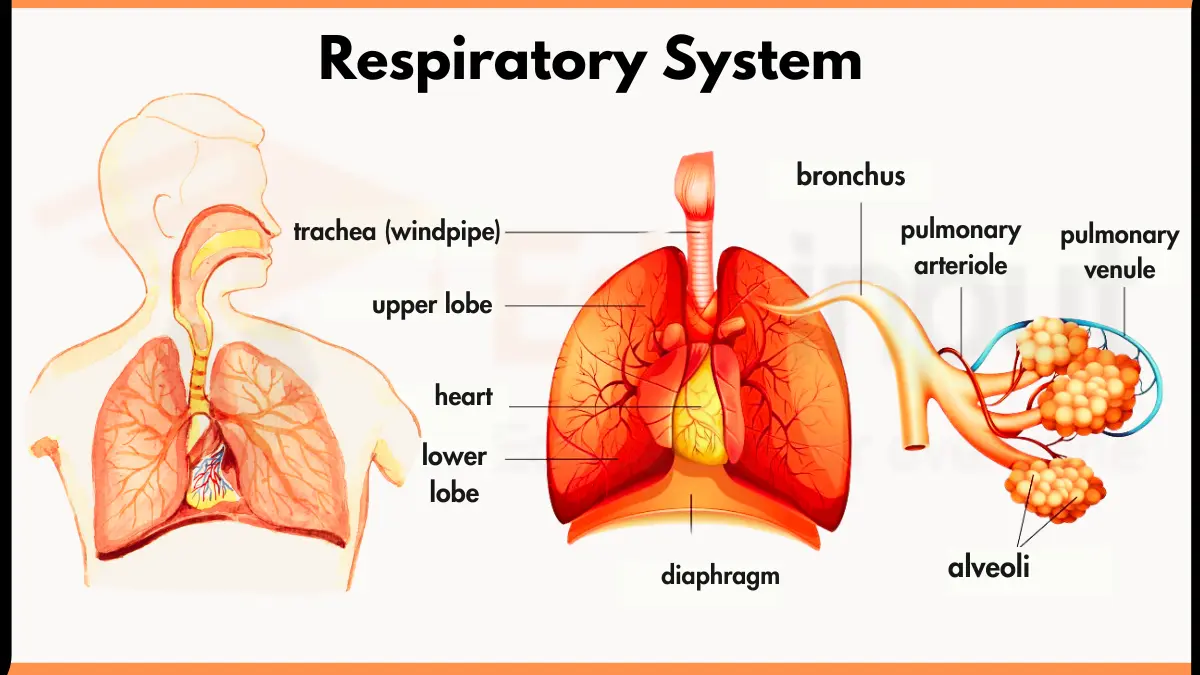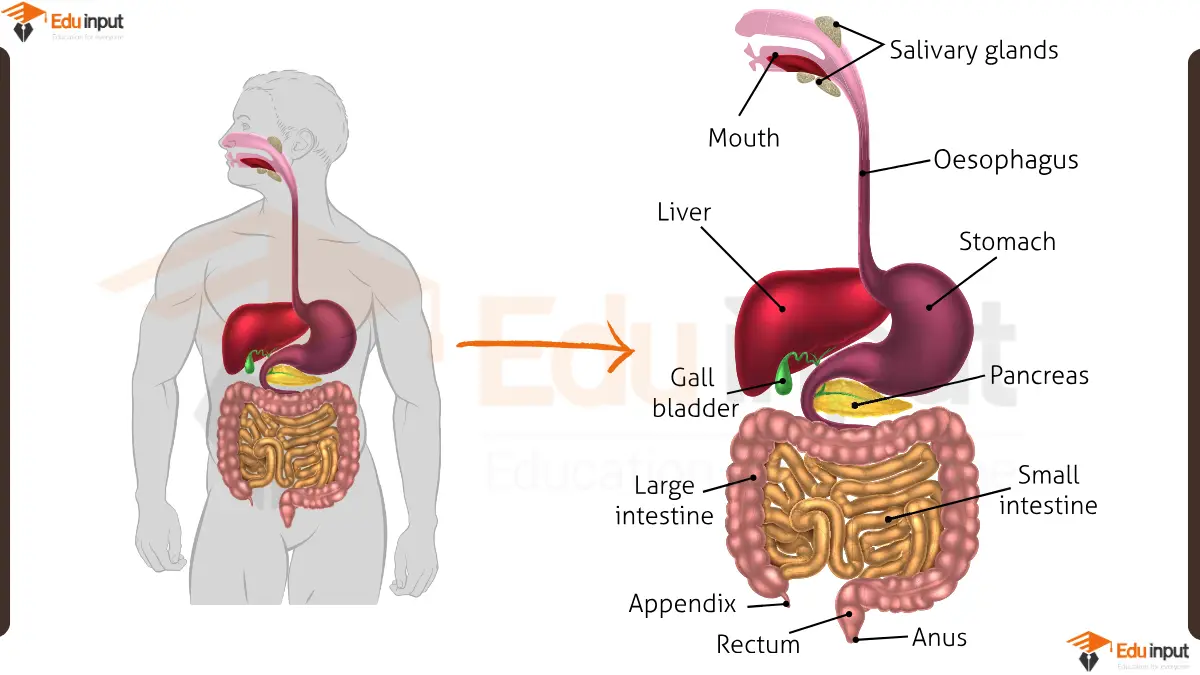Cell Nucleus Diagram Explained
February 14, 2024
Diagram of Cell Nucleus

The nucleus is the “control center” of a eukaryotic cell. Here are the main parts of the nucleus and their functions:
- Nuclear envelope: This double membrane separates the contents of the nucleus from the cytoplasm and regulates the passage of materials into and out of the nucleus. It has tiny holes called nuclear pores that allow certain molecules to pass through.
- Nucleoplasm: This gel-like substance fills the nucleus and suspends its other components. It provides a structural framework for the nucleus and contains enzymes and other molecules needed for DNA replication and RNA synthesis.
- Chromatin: This is the DNA of the cell, packaged with proteins into thread-like structures. Chromatin condenses during cell division to form chromosomes.
- Nucleolus: This dense, non-membrane-bound region within the nucleus is where ribosomes are assembled. Ribosomes are structures in the cytoplasm that make proteins.
- Nuclear pore: These tiny openings in the nuclear envelope allow the passage of specific molecules between the nucleus and the cytoplasm. They regulate the flow of information and materials between the two compartments.
File Under:

 written by
written by 





Leave a Reply